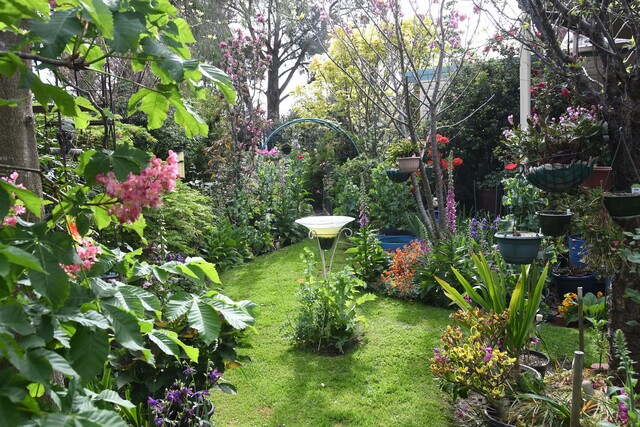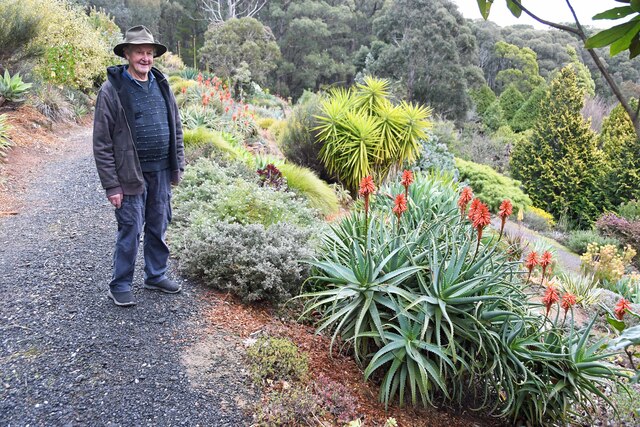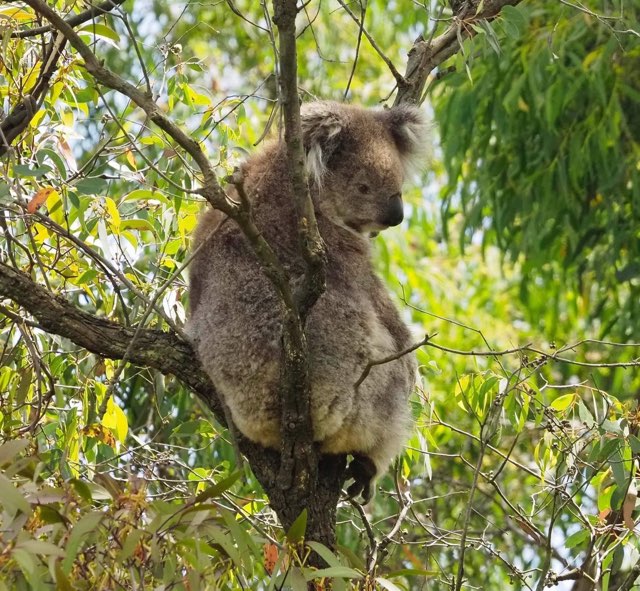By Victoria Stone-Meadows
Hospitals in Casey have performed well despite the enormous number of patents presenting to emergency rooms over the summer.
Almost half a million people found themselves in emergency rooms at hospitals in Victoria this summer which equates to a 24 per cent increase over the past six years.
Locally, Casey Hospital in Berwick and Cranbourne Integrated Care Centre had an overall increase in patents but met key performance benchmarks despite the influx.
Between October and December last year, 16,482 patients presented to Casey Hospital Emergency Department, a 5 per cent increase on the same time in 2015.
Director of Emergency Medicine for Monash Health Dr Neil Goldie said the large number of births in the growing region contributed to the increase in patent numbers.
“The south-east of Melbourne is one of Australia’s fastest growing regions and is experiencing an unprecedented baby boom,” he said.
“To meet the increasing demands of our growing community, the $134.9 million Casey Hospital Expansion Project will deliver additional beds across a range of clinical areas including maternity, intensive care and surgical wards.”
“Construction is expected to start this year, with an expected completion in 2019.
Cranbourne Integrated Care Centre, while not an emergency hospital, also experienced an increase in patents but delivered services in line with expected rates.
The centre reduced the number of patients on the elective surgery waiting list from 906 at the end of the December 2015 quarter to 719 at the end of this December.
The hospital treated 97 per cent of its 203 category two urgent elective surgery patients in the December quarter.
It also treated 50 per cent of the hospital’s category one elective surgery patients within seven days, well under the 30-day targeted benchmark.
Cranbourne MP Jude Perera said the Government’s investments in local hospitals will see their performances improve further in the coming years.
“Our record investment in health means more patients in Cranbourne will get the care, treatment and surgery they need sooner,” Mr Perera said.
“With more paramedics on the road, ambulances will be able to respond to life threatening emergencies in Casey even more quickly.”
Ambulance response times in Casey have stayed steady with the average wait time for code one emergencies of 12.21 minutes in the last quarter of 2015 compared to 12.16 minutes in the second quarter of 2016.
Shadow Minister for Health Mary Wooldridge said the ambulance response times in Casey show that Premier Daniel Andrews has not kept his election promise to improve ambulance response times.
“Daniel Andrews was happy to talk big before the election but clearly is failing to deliver and Victorians are losing out,” she said.
“The Andrews Government is failing to deliver the improved ambulance service Casey families expect and deserve.”







